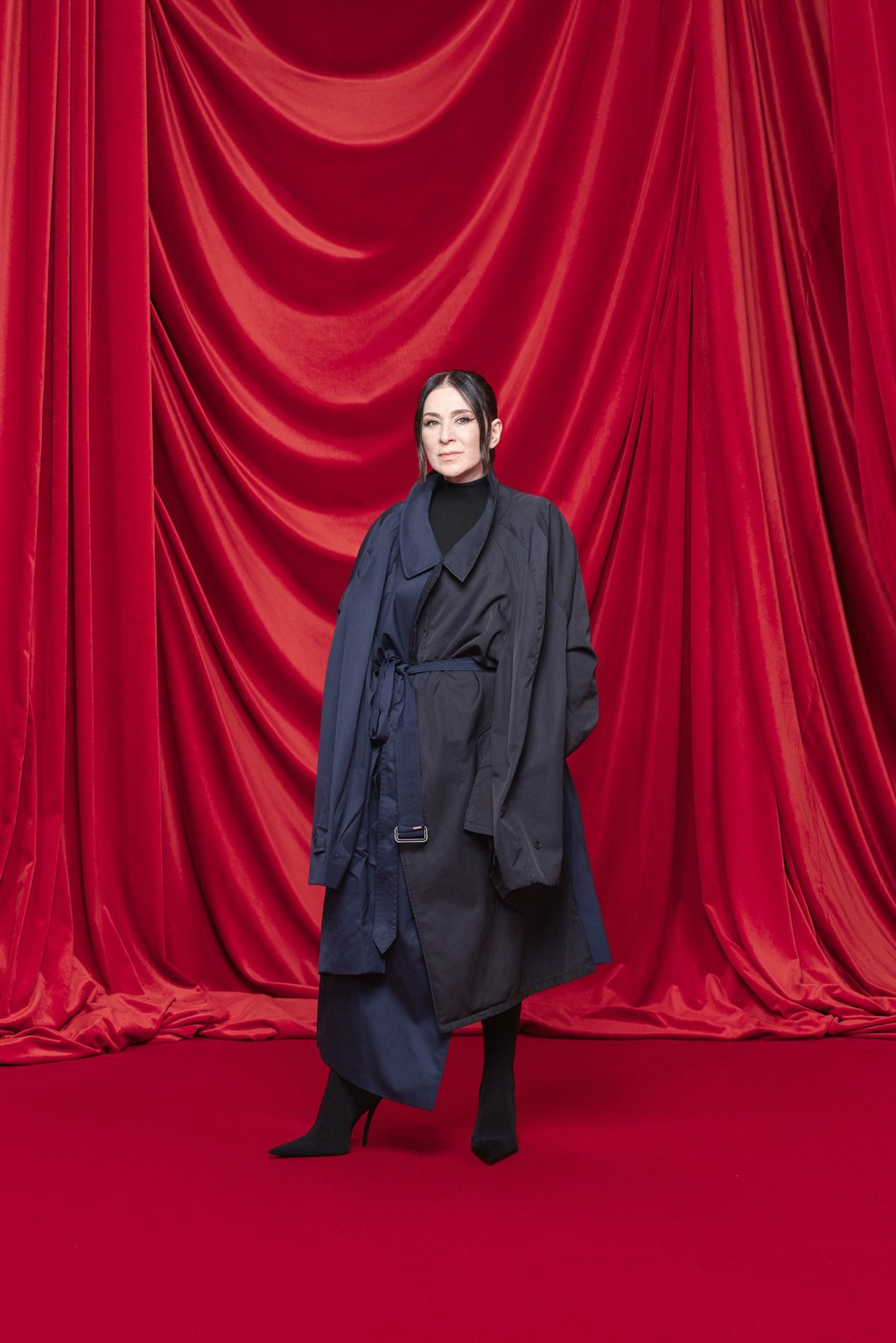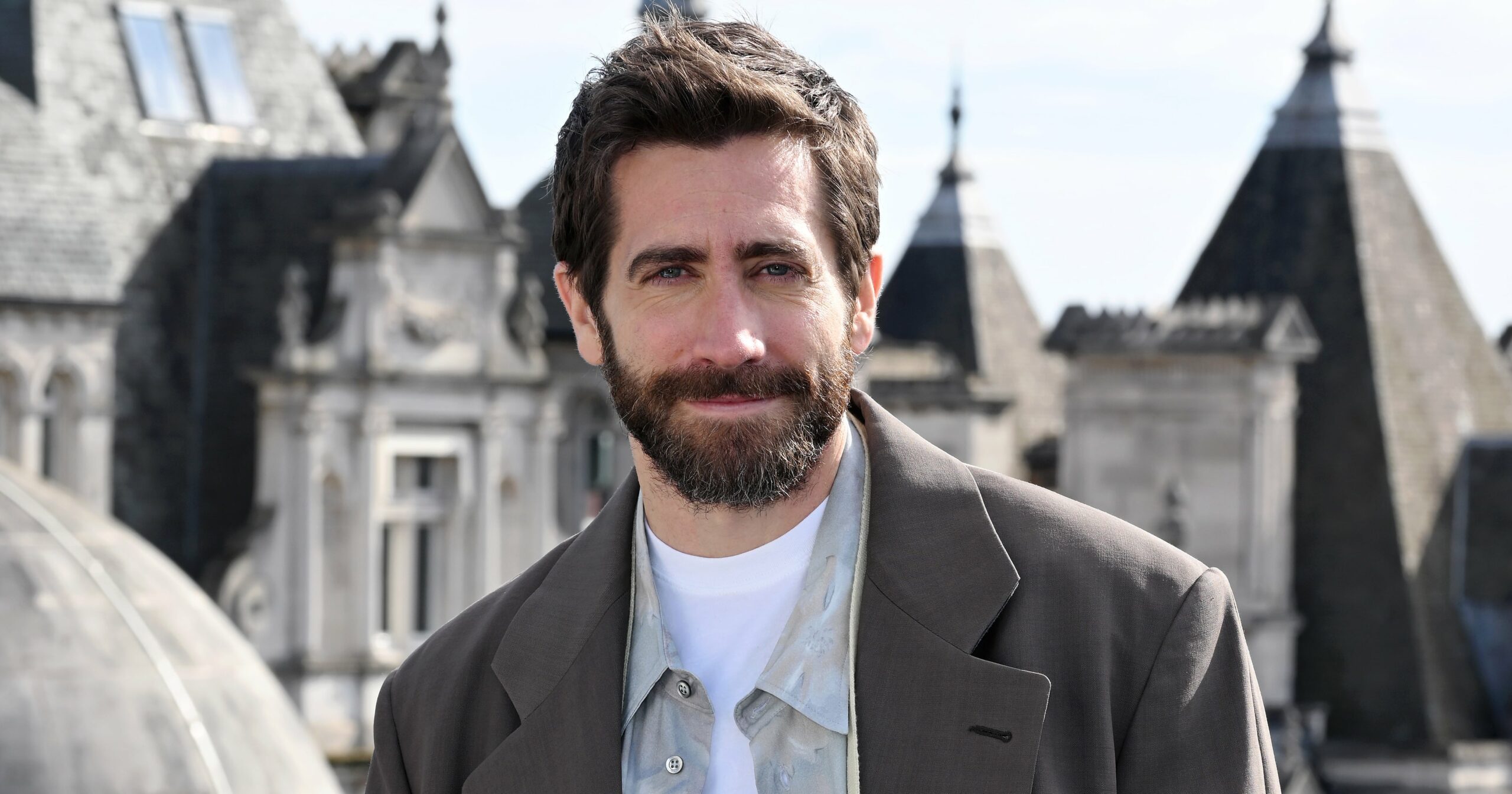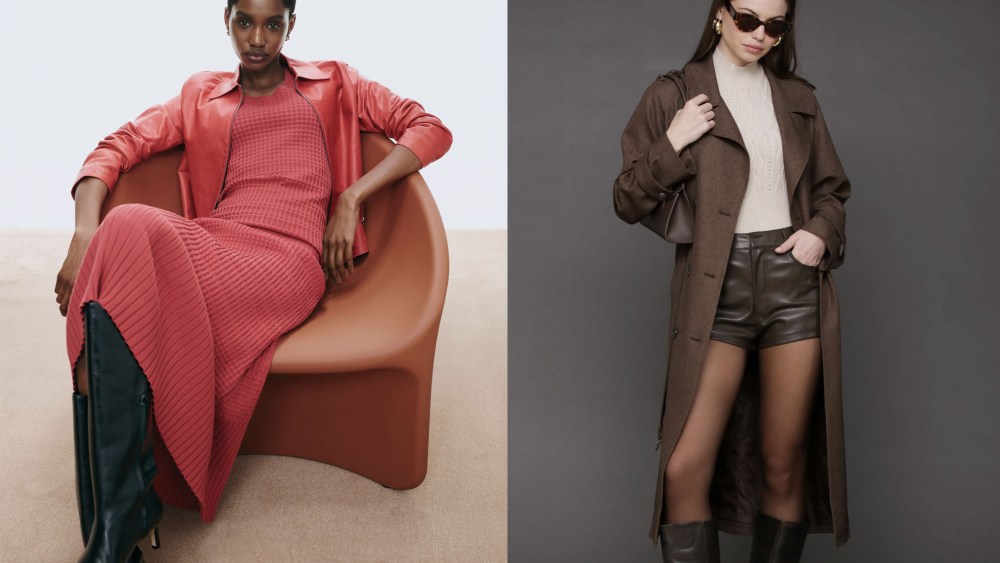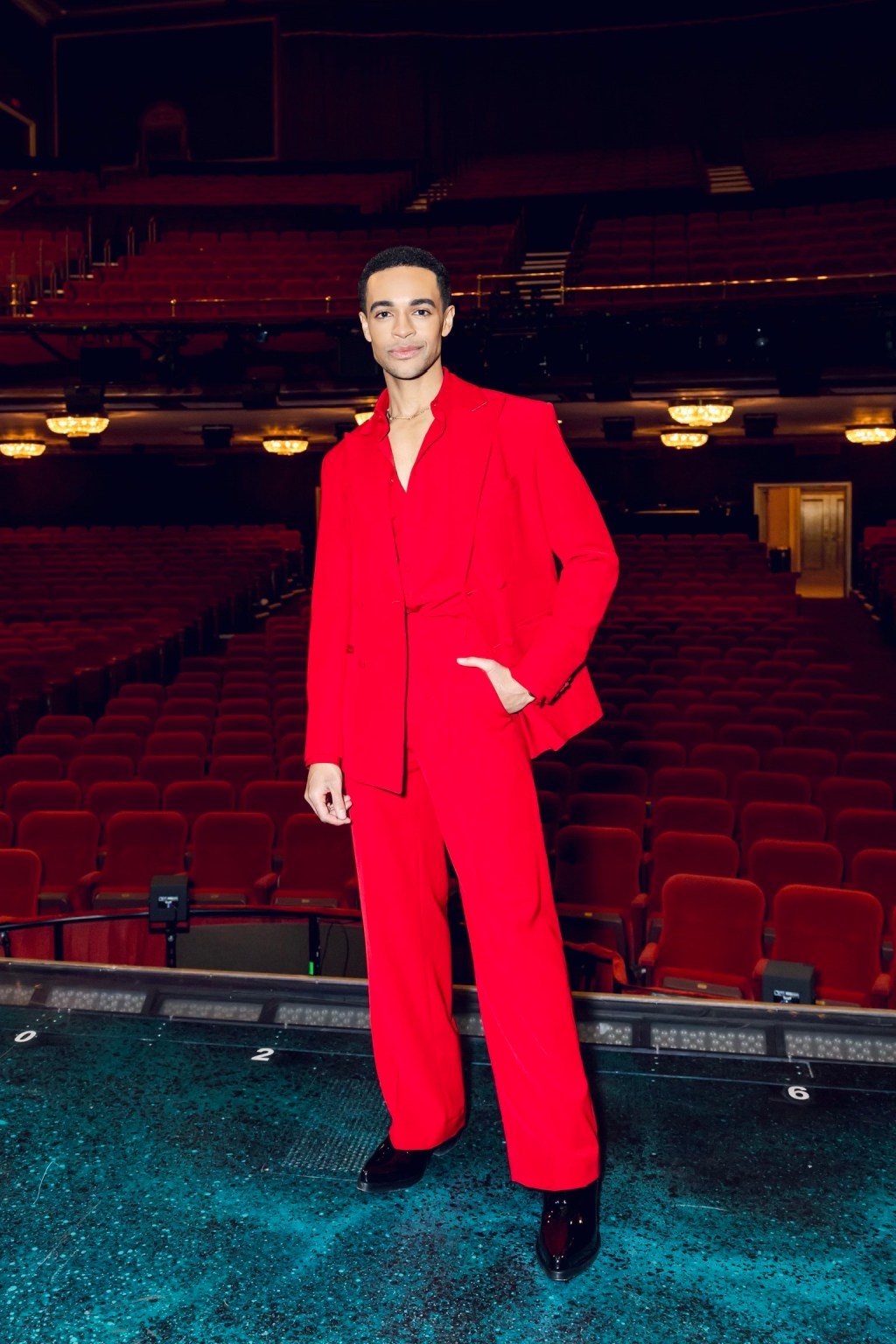While vacationing in the South of France this summer, Demna and his husband Loïk Gomez sported their usual gloomy, droopy black layers, and this did not go down well with other tourists.
Amid all the white linen and Riviera chic, “we looked like crows,” Demna deadpanned.
If the two men rushed to catch a hotel elevator, occupants would reach for the “close doors” button. At restaurants, couples seated in their proximity — so revolted by their appearance — asked to be moved.
So Demna cooked up an experiment about fashion and identity: Holding his nose, he entered the Nice branch of Galeries Lafayette and bought Bermuda shorts, khakis, polo shirts and suede driving moccasins for himself and Gomez.
Lo and behold, elevator doors were held; the best tables were proffered.
“I’ve never been treated this way in my life. It was great, but it was disgusting because I felt I was role-playing,” he said, concluding, “I never want to blend in again.”
Demna is likewise sickened by the whole quiet-luxury juggernaut.
“I don’t believe in the longevity of any of that, either. Because there is no identity to it. It’s a fake identity created to have the masses of customers look like they are rich and powerful and successful,” he said during a preview, citing the example of a cashmere sweater that can be found at Hermès or Zara. “How is it possible in 2023 that fashion needs to be defined from top-down, like from colonial times, when the elite defined what everybody else wants to resemble?”
During a preview, Demna confessed that his bare-bones, toned-down ready-to-wear show in March, the first runway outing since Balenciaga’s ad scandal, was trying for him.
“It was very polished and how it was supposed to be. But I was a bit bored, and I felt like I needed to do something that is very me,” he said. “I think this is the main issue with how my work has been critically perceived or seen as provocative in some way. Because my way of doing fashion is the opposite way, it’s from the bottom up.
“That fakeness of the whole fashion pyramid? I just want it upside down,” he said.
In a grandiose red velvet setting reminiscent of an old French theater, Demna returned to his hardcore antics, unleashing a deeply personal collection of gargantuan sneakers, mammoth tailoring, four-sleeve bomber jackets and slightly tattered siren gowns.
His nearest and dearest modeled, from his mother, Ella, who opened the show, to his PR director Robin Meason, fashion professor Linda Loppa, performer Amanda Lepore, fashion scribe Cathy Horyn, Kim Kardashian, and Gomez as the bride in a sculptural confection composed of seven vintage wedding dresses sewn together in 20 minutes, yielding a silhouette that felt very Balenciaga.
The collection was pure, concentrated, unplugged Demna, who reconstructed vintage garments, turned floral PVC tablecloths into sheath dresses, a stiletto into an evening clutch — or impromptu weapon — and transformed Tyvek reusable grocery carriers into high-end leather goods.
He also returned to his famous lists of garments, a creative process he initiated at Vetements and brought to Balenciaga, occasionally taking a detour and parading themed collections. The bombers, jeans jackets and biker leathers were still there, fierce as ever, but you won’t find a peacoat, sailor pants or khakis.
“I don’t believe in a perfect, polished, beige angora world,” he said after the show. “I think fashion should be fun. It should be playful. And I had fun this season.”
On the soundtrack, Isabelle Huppert read a list of instructions on how to make a tailored jacket, which she would only have completed if the show stretched to an hour. It’s that complicated, and Demna wanted to show his is a complex job.
The crested bathrobe coats and high-heeled hotel slippers felt like revenge looks for the vacation gone awry, and Demna continues to lay claim to the oversize look he pioneered, along with hoodies, tattoo-print mesh T-shirts and shredded jeans.
It all felt visceral, edgy, and in-your-face. There were plenty of inside jokes to tickle the brain of fashion fanatics, and merchandise that caught your eye, from futuristic blindfold-like sunglasses and extralong coats to wide-leg pants that were half-camo, half denim.
The question is whether consumers still have an appetite for Demna’s inimitable brand of dystopian chic — and the guts to stand out, rather than fit in.



